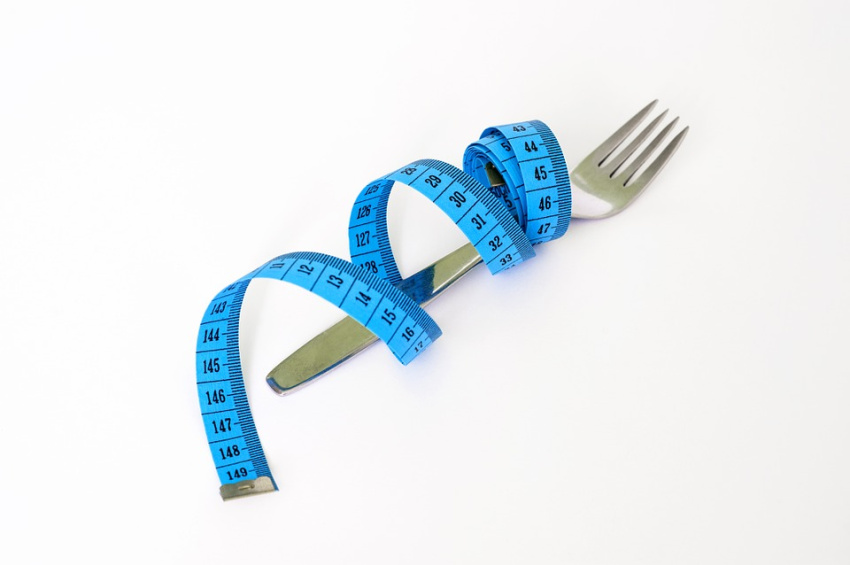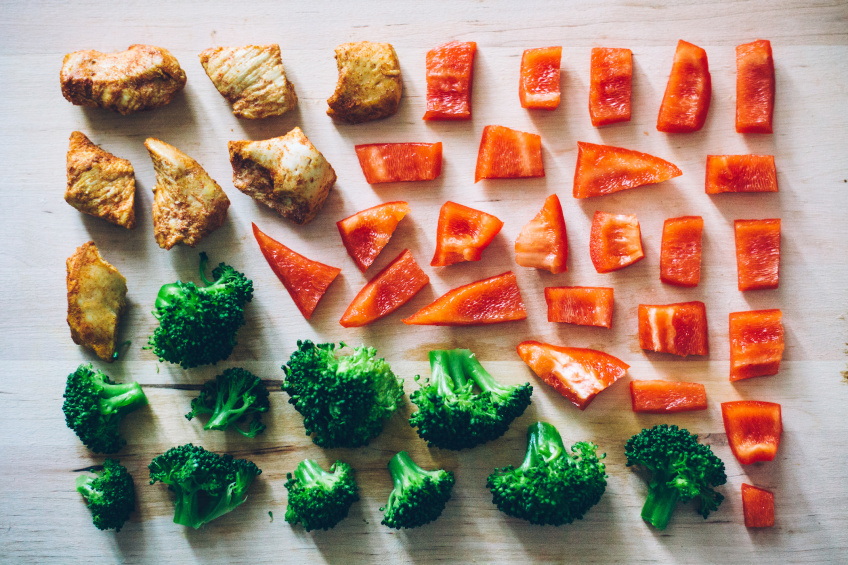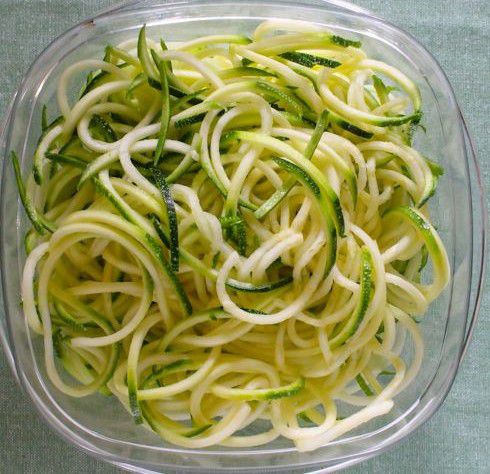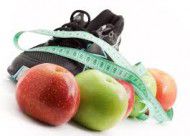Take a Deep Breath.
The average person takes 23,000 breaths each day. Have you ever noticed how you breathe? Caught yourself holding your breath? Or found the relaxation of a deep, cleansing breath?
If you’re like most people, you use only 20% of your lung capacity, taking short, shallow breaths. This is especially true during times of stress – which these days is seemingly quite often. Whether you know it or not, most of us live in a constant state of stress. And in the midst of stress, we have an unconscious tendency to breathe shallow and tighten the core.
This type of breathing is thoracic, or chest breathing. Which doesn’t lead to good oxygen exchange, and can trigger the stress response in your body. Stress is useful at times, and can help you rise to meet challenges. It can keep you on your toes at work, sharpen your concentration, or drive you to go the extra mile in preparing for that all important presentation.
However, beyond your comfort zone, stress stops being helpful and can start causing major damage to your mind and body.
Your nervous system often does a poor job of distinguishing between daily stress and life-threatening events. When you stress over the little things your body can still react as if you’re facing a life-or-death situation. And when you repeatedly experience the fight or flight stress response in your daily life, it can raise blood pressure, suppress the immune system, increase the risk of heart attack and stroke, speed up the aging process and leave you vulnerable to a host of mental and emotional problems.
Enter the power of pause. A deep breath buys you time – pause, if you will.
Before you yell at your child, spouse, the driver that just cut you off, the sales clerk that simply doesn’t care. Exhale. When you’re stuck in traffic. When the scale doesn’t read the number you want. When you’re late for that all important meeting. When you’re put on hold…again. When you’re tired and you simply can’t go one more step.
Breathe. Drop your shoulders. Exhale.
Getting oxygen to your brain is the best thing that you can do to make a mindful choice. To give you more energy. To gain clarity and improve your mood. Hard to remember in the heat of the moment, but more important than you know. Even better to practice when you’re not completely stressed out, so in the heat of the moment you have a fighting chance.
A few breathing techniques to try and reduce stress in your life:
– Box breathing. This method is often used by the military and elite athletes.
– Three Breathing Exercises from Dr. Andrew Weil.
– Progressive Relaxation. A technique to release stress and tension from head to toe.
What is your favorite breathing exercise? Please share in the comments below.
When you own your breath, nobody can steal your peace.
~ Author Unknown








